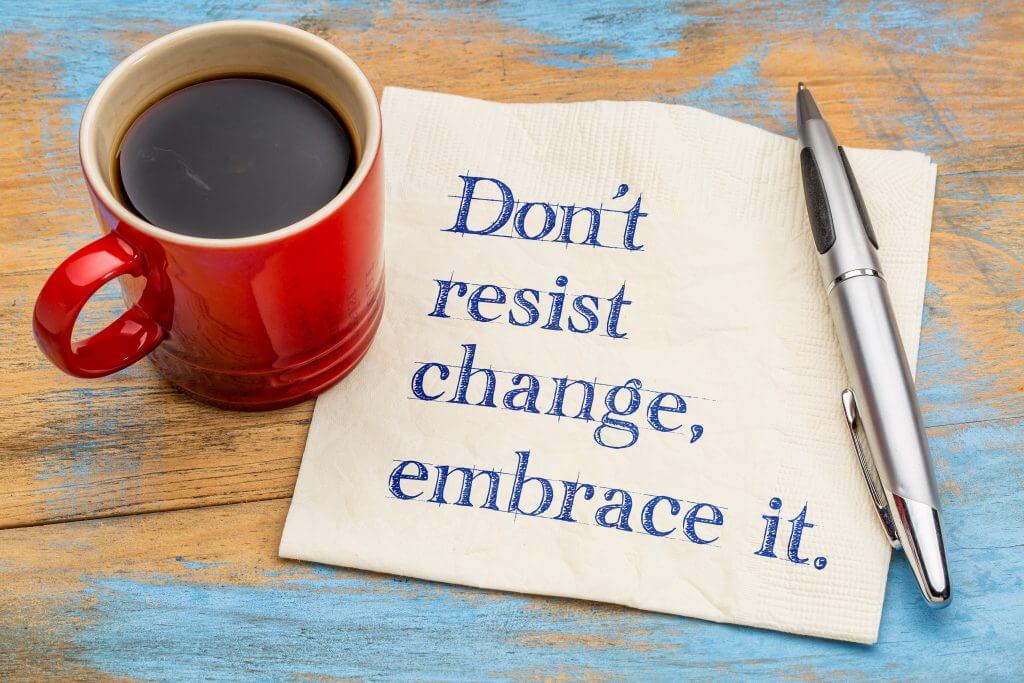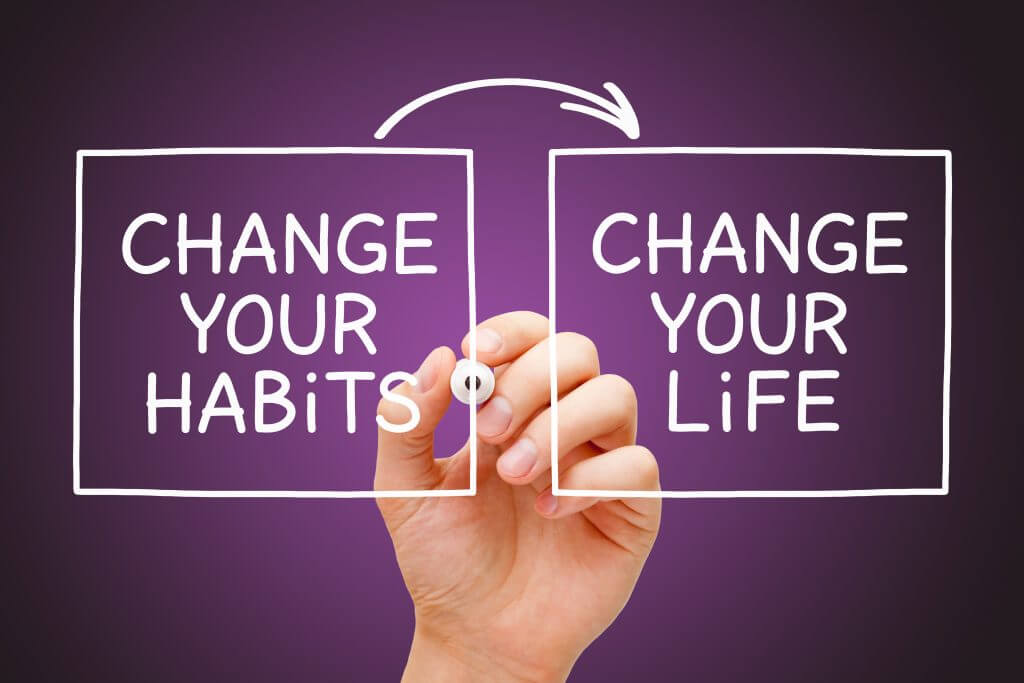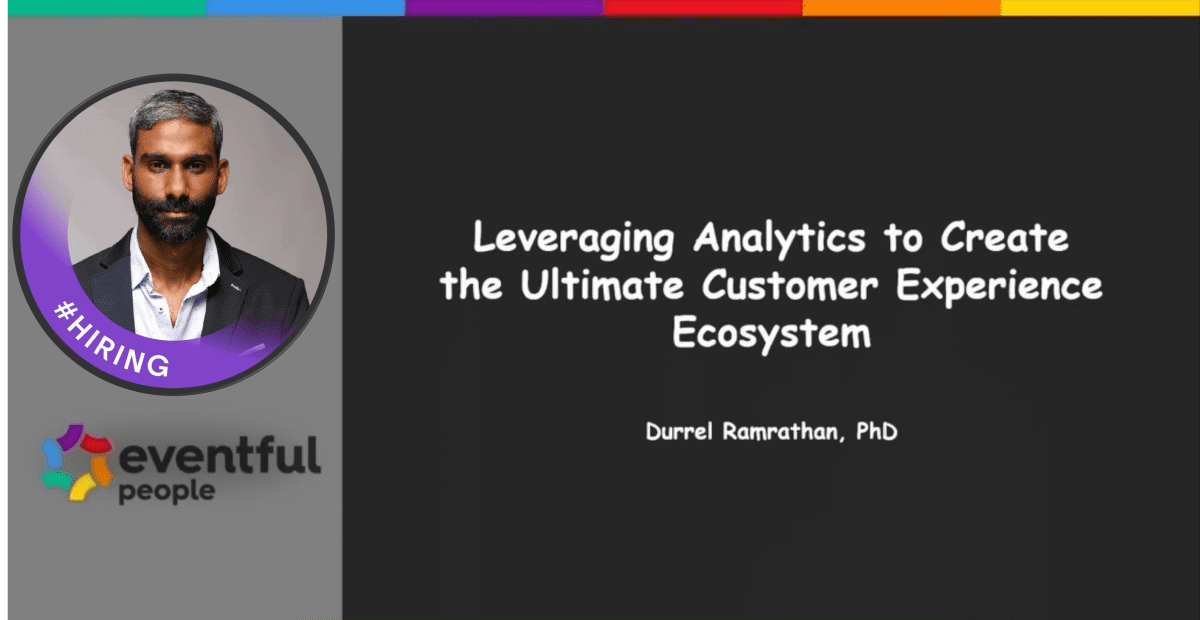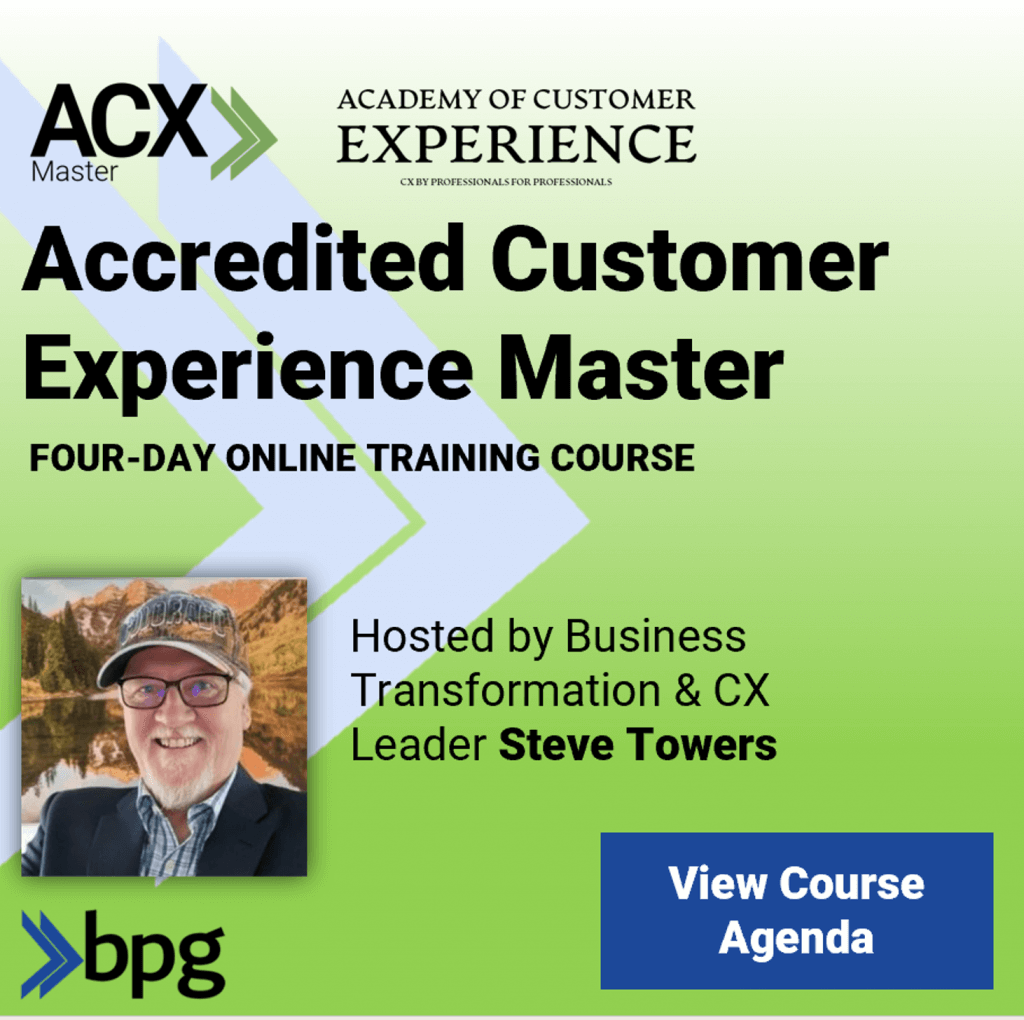Entrepreneurs are often interested in physical strength and health, but mental strength is even more important. Mental strength is a critical characteristic for entrepreneurs, as many articles address tenacity, “grit,” optimism, and unfailing ability to “fail up,” as David Williams of Forbes puts it.

However, mentally strong individuals avoid doing certain things as well. Licensed Clinical psychotherapist and social worker Amy Morin[1] created a list of things mentally strong individuals don’t do as part of LifeHack. It inspired me enough to summarize and spread it around, and I’ll add my thoughts on how these things relate to entrepreneurs.
- Mentally strong individuals don’t waste time feeling bad for themselves.
They don’t waste time thinking about how they’ve been wronged. They are responsible for their actions and consequences and realize that life isn’t always fair. Even though they emerge from difficult situations with self-awareness and gratitude for the lessons learned, they can respond to an unfavorable outcome with the phrase “Oh, well.” Next!” or simply “Next!” - Hand their Power to Others.
Mentally strong individuals avoid relinquishing control to others, ensuring they do not feel inadequate or inferior. They understand that they are in charge of their actions and emotions. They acknowledge that their strength lies in managing how they respond. - Seeing change as an enemy
A mentally strong person accepts change and challenges with open arms. If they have a greatest “fear,” it is of becoming inwardly focused, complacent, and stuck. An environment of change, challenge, and uncertainty can energize a mentally strong person and bring out their best. - Waste time on things beyond their control.
A mentally strong person doesn’t whine about bad traffic, lost luggage, or other people (as these things are usually outside of their control) but instead focuses on what they can control: their response and attitude. Even in a bad situation, they know that the only thing they can always control is their response and perspective, and they make the most of these attributes. - Wanting to be liked by everyone.
Do you know any people pleasers or people who go out of their way to displease others to reinforce an image of strength? Neither position is good. A mentally strong individual aims to be kind and just, in addition to pleasing others if appropriate, but they are not afraid to speak up. They can deal with difficult situations where someone might become upset with grace, if possible. - Worry over taking Risks.
A mentally strong person is very willing to take calculated risks. This differs from taking foolish risks. However, with mental strength, an individual can weigh the risks and benefits thoroughly, consider the potential downsides and even the worst-case scenarios before taking action, and make a rational decision. - Lament and become sentimental about a past event.
A mentally strong person can avoid miring their mental energy in past disappointments or fantasies of the “glory days” in the past. Acknowledging and learning from past experiences, in particular, provides mental strength. Investing the majority of their mental energy in creating an optimal present and future is what mentally strong people do. - Avoid Habitual Mistakes.
The definition of insanity is when we take the same actions repeatedly while hoping for a better outcome than we got the last time. We all know what it means. A mentally strong individual acknowledges responsibility for previous actions and is willing to learn from errors. According to research, one of the greatest strengths of successful executives and entrepreneurs is their self-reflective, accurate, and effective way of thinking. - Avoid the Green Monster trap.
It takes strength of character to be genuinely pleased and enthused by other people’s achievements. Mentally strong people possess this skill. When others succeed, they don’t become jealous or resentful (although they may carefully observe what the individual did right). They work hard for their own success rather than taking shortcuts and are willing to do so. - Surrender when they fail.
The most outstanding entrepreneurs acknowledge that many failures characterized their first efforts. Every failure provides an opportunity to improve. Mentally tough individuals are willing to fail repeatedly as long as they can learn from each “failure.” They don’t fear being alone; they treasure and even enjoy it. During their downtime, mentally strong individuals reflect, plan, and accomplish things. They don’t need others to keep them happy and cheerful, so they don’t rely on others. They can enjoy being with others and also enjoy being alone. - Understand that the world owes them nothing.
Employees and executives at all levels realize that the world does not owe them a salary, rewards package, and an easy life regardless of their education and preparation. People with mental strength are prepared to work and succeed on their own merits at every stage of life.
Those who want immediate results will be disappointed. Even when they start a business or begin a workout plan, people with mental toughness are in it for the long haul. They know that they must take measured doses of time and energy and celebrate each step of success as they go. They have staying power and recognize that real change takes time.
Are you mentally tough? What areas of these habits do you need to strengthen?

[1] https://www.amazon.com/Things-Mentally-Strong-Women-Dont/dp/0062847635
To upskill to the latest ‘Next Practice’ Find out more: https://bit.ly/GCCACXP
There are always more questions than answers 😉 However, in the ACX Masters program, we cover all the bases and provide a set of tools and approaches that enable you to WIN THE TRIPLE CROWN in every CX initiative
Join us soon!








